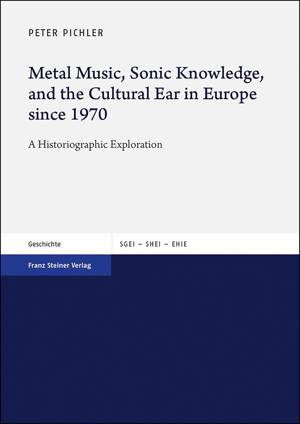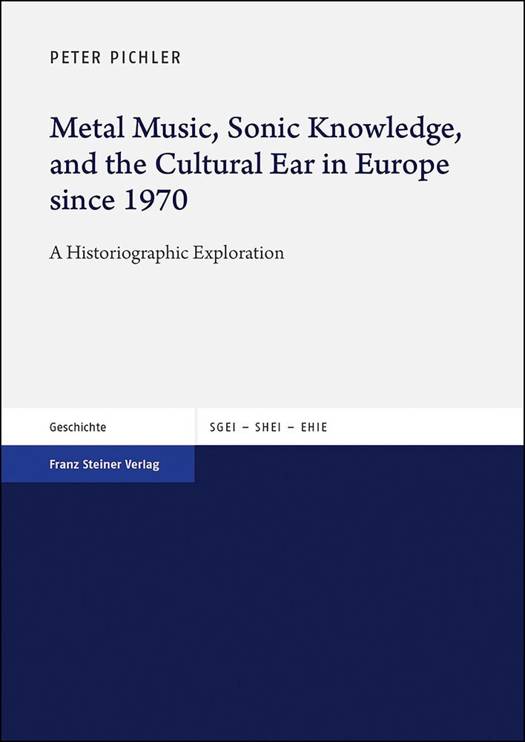
Je cadeautjes zeker op tijd in huis hebben voor de feestdagen? Kom langs in onze winkels en vind het perfecte geschenk!
- Afhalen na 1 uur in een winkel met voorraad
- Gratis thuislevering in België vanaf € 30
- Ruim aanbod met 7 miljoen producten
Je cadeautjes zeker op tijd in huis hebben voor de feestdagen? Kom langs in onze winkels en vind het perfecte geschenk!
- Afhalen na 1 uur in een winkel met voorraad
- Gratis thuislevering in België vanaf € 30
- Ruim aanbod met 7 miljoen producten
Zoeken
Metal Music, Sonic Knowledge, and the Cultural Ear in Europe Since 1970
A Historiographic Exploration
Peter Pichler
€ 125,95
+ 251 punten
Uitvoering
Omschrijving
Research on the process of European integration is usually restricted to the political, economic and legal aspects of Europeanisation. Still, we do not know enough about "practiced Europeanisation" in terms of everyday life and popular culture. Here, Peter Pichler explores a new area of research. He links the latest insights into the cultural history of the European Union with interdisciplinary research on heavy metal as a subculture throughout Europe. He presents the first historiographic exploration of European integration in this subculture since 1970. In general, subcultural Europeanisation predates even political Europeanisation, as evidenced by networks of the metal scene breaking through the Iron Curtain in the beginning of the 1980s. The European metal scene constituted a borderless space. Today, the shared knowledge of rituals, codes, clothes, history and values of metal are present across the continent. Pichler interprets this from a cultural-historical perspective against the background of Europeanisation after 1945.
Specificaties
Betrokkenen
- Auteur(s):
- Uitgeverij:
Inhoud
- Aantal bladzijden:
- 184
- Taal:
- Engels
- Reeks:
- Reeksnummer:
- nr. 34
Eigenschappen
- Productcode (EAN):
- 9783515127875
- Verschijningsdatum:
- 6/11/2020
- Uitvoering:
- Paperback
- Formaat:
- Trade paperback (VS)
- Afmetingen:
- 170 mm x 239 mm
- Gewicht:
- 330 g

Alleen bij Standaard Boekhandel
+ 251 punten op je klantenkaart van Standaard Boekhandel
Beoordelingen
We publiceren alleen reviews die voldoen aan de voorwaarden voor reviews. Bekijk onze voorwaarden voor reviews.









